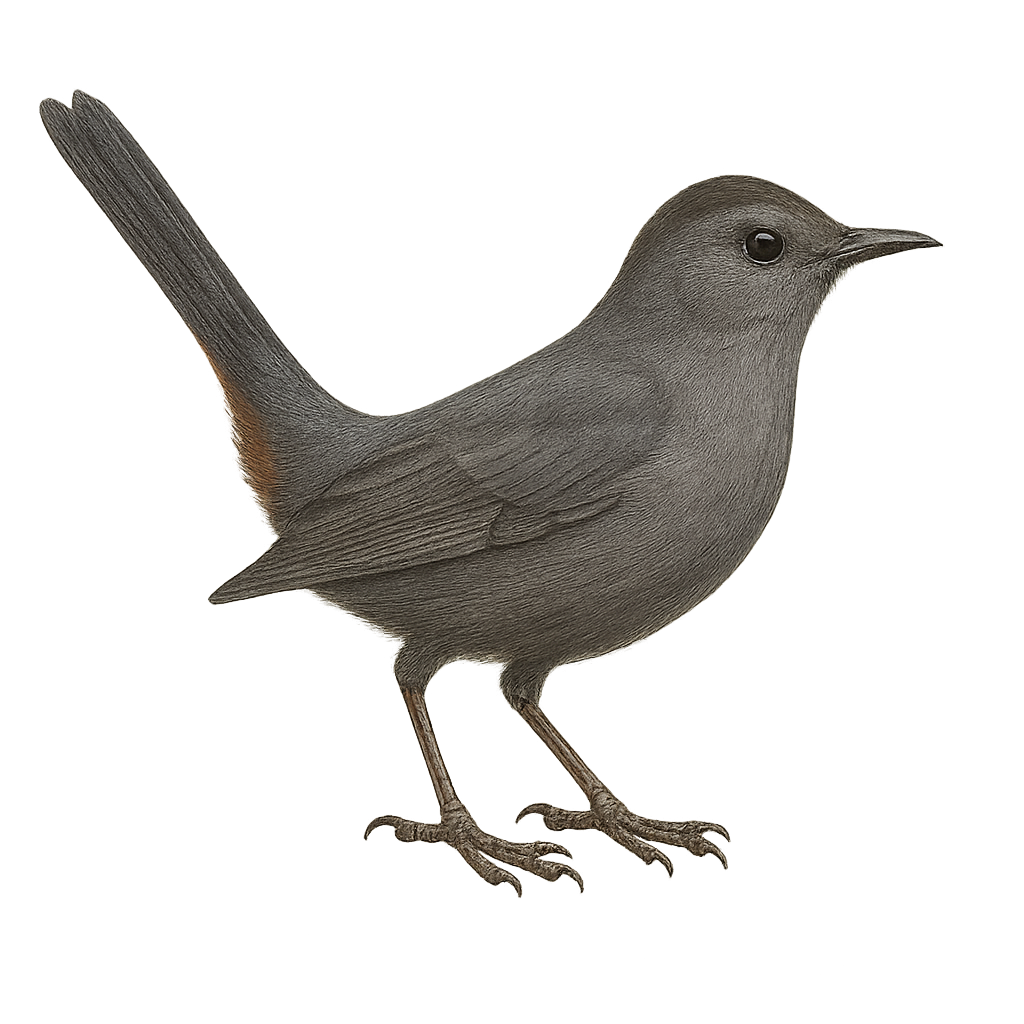Your wildlife photography guide.
Explore the gray catbird in detail, study its behavior, prepare your shots.
Where to observe and photograph the gray catbird in the wild
Learn where and when to spot the gray catbird in the wild, how to identify the species based on distinctive features, and what natural environments it inhabits. The WildlifePhotographer app offers tailored photography tips that reflect the gray catbird’s behavior, helping you capture better wildlife images. Explore the full species profile for key information including description, habitat, active periods, and approach techniques.
Gray Catbird
Scientific name: Dumetella carolinensis

IUCN Status: Least Concern
Family: MIMIDAE
Group: Birds
Sensitivity to human approach: Suspicious
Minimum approach distance: 5 m
Courtship display: May to June
Incubation: 12-14 jours
Hatchings: May to July
Habitat:
Forests, dense shrubs, wetlands
Activity period :
Primarily active during the day, with peak activity in the morning and late afternoon.
Identification and description:
The Gray Catbird, Dumetella carolinensis, is a medium-sized songbird known for its slate-gray plumage and distinctive black cap. Often found in dense thickets and hedgerows, it primarily feeds on insects and berries. Its varied and melodious song, often mimicking other birds, is a notable feature. This catbird is a migratory species, wintering in the southern United States and Central America, while breeding in eastern and central North America. It builds its nest in low shrubs, using twigs and grasses. Although generally discreet, it can become territorial during the breeding season, vigorously defending its space against intruders.
Recommended lens:
400 mm – adjust based on distance, desired framing (portrait or habitat), and approach conditions.
Photography tips:
To photograph the Gray Catbird, focus on wooded areas or hedgerows where it is often active. Use a 400mm lens or longer to capture detailed images without disturbing the bird. Be patient and discreet, as this bird can be suspicious. Listen for its distinctive song to locate it more easily. The best times to observe it are early morning or late afternoon when activity is at its peak. Ensure your camera is set for low-light conditions, as these birds often prefer shaded habitats.
The WildlifePhotographer App is coming soon!
Be the first to explore the best nature spots, track rutting seasons, log your observations, and observe more wildlife.
Already 1 439 wildlife lovers subscribed worldwide

